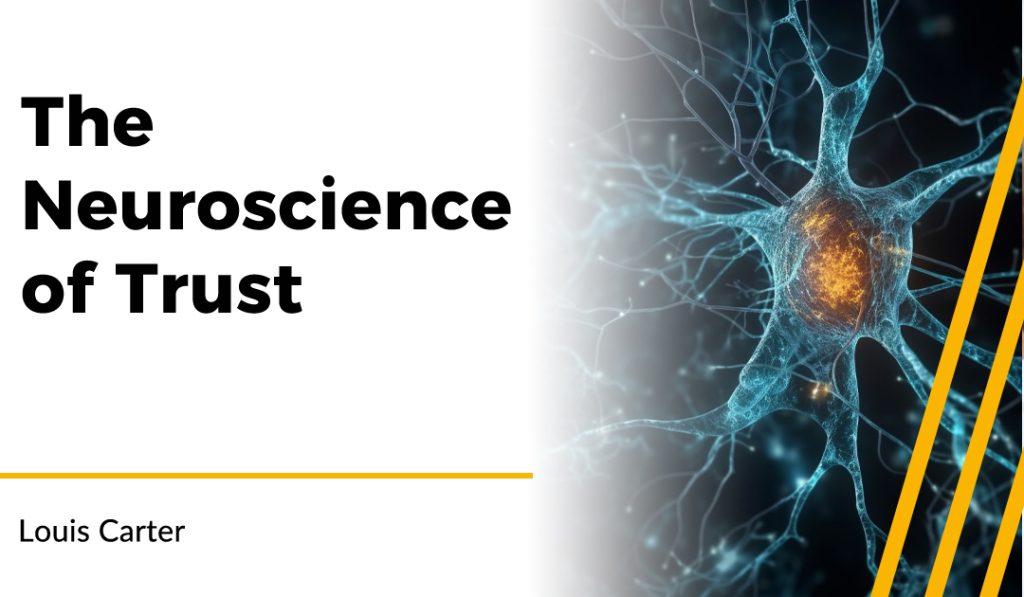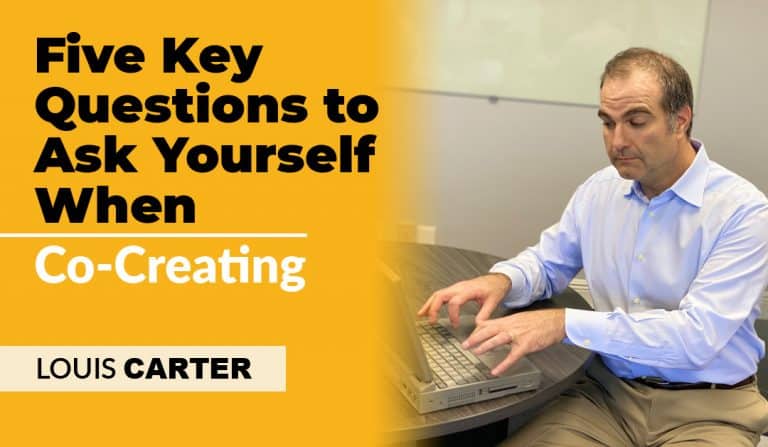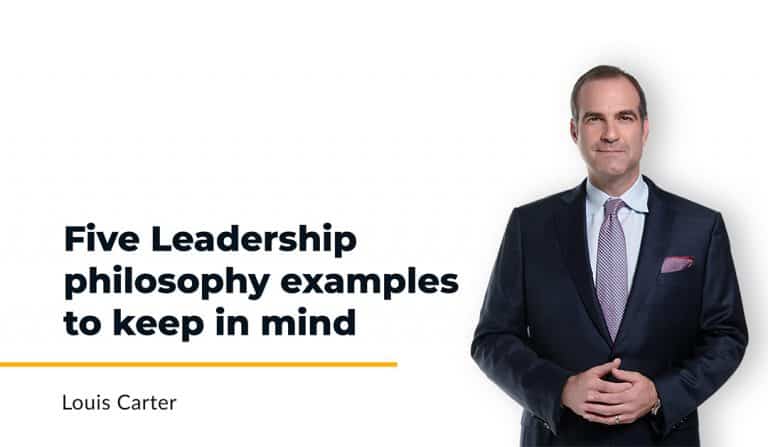Trust is a vital ingredient in any successful organization. Without it, teams cannot collaborate effectively, and individuals cannot work toward a common goal. Yet building trust is often easier said than done. Many organizations need help with trust issues, leading to poor performance, high turnover rates, and a toxic work environment.
To understand the science behind trust, we need to turn to neuroscience. Over the past few decades, researchers have significantly advanced in understanding the brain’s role in social behavior. They have discovered that trust is not just an abstract concept but a fundamental aspect of our neural wiring.
Risk/Reward and The Prefrontal Cortex
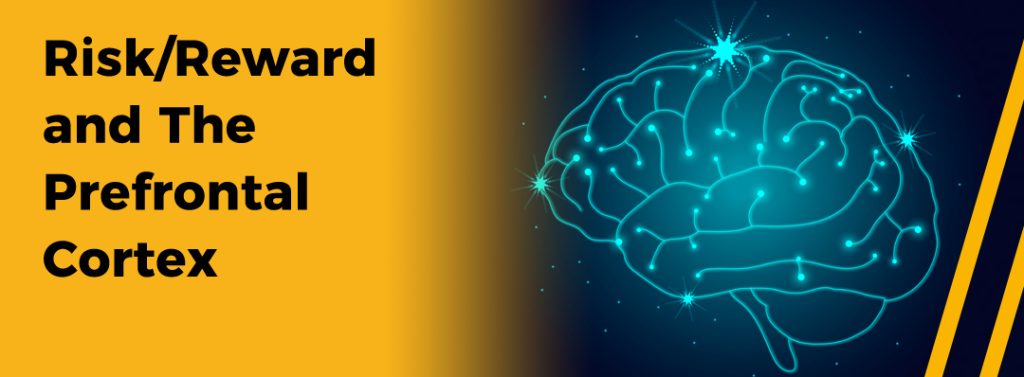
At its core, trust is all about risk. When we trust someone, we take a chance that they will behave in a certain way. This risk can be physical, emotional, or financial, depending on the situation. Our brains are wired to assess risk constantly, and the decision to trust someone is no exception.
The brain’s prefrontal cortex is responsible for assessing risk and reward. When we encounter someone new, this brain region becomes active as we try to gauge their trustworthiness. This initial assessment is based on various factors, including body language, facial expressions, tone of voice, and other nonverbal cues.
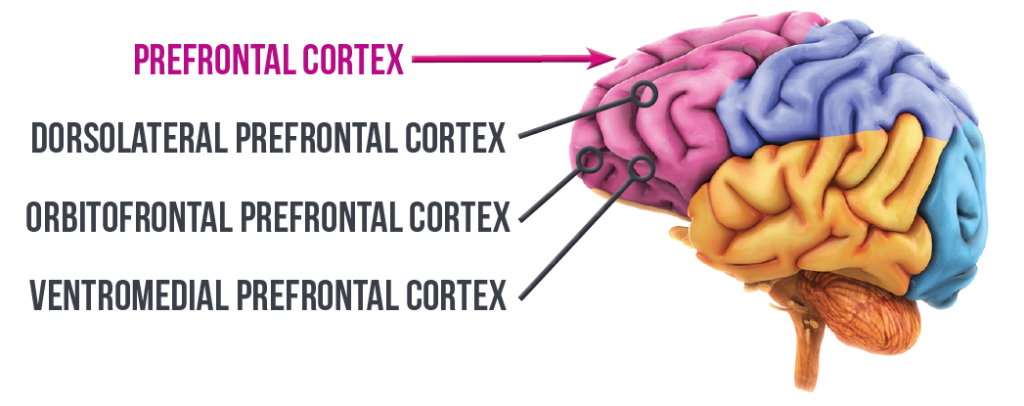
The prefrontal cortex plays a crucial role in assessing risk and making decisions based on that assessment. It helps us to weigh the potential benefits of a particular action against the potential risks and decide whether or not to proceed. This area of the brain is also responsible for inhibiting impulsive behavior and regulating emotions, which is essential in making sound decisions in high-risk situations.
The prefrontal cortex is involved in several functions related to risk, including:
- Perception of risk: Identify and assess risks and differentiate between safe and unsafe situations.
- Decision-making: Weigh a particular action’s potential benefits and risks and make a sound decision based on that assessment.
- Impulse control: Inhibits impulsive behavior and regulates emotions. Impulse control is essential when a rash decision could lead to negative consequences or increased risk.
The prefrontal cortex is a critical part of the brain in assessing and managing risk, making sound decisions, and regulating emotions and behavior.
The Role of Oxytocin And a Trusting Human Connection

Once we have made an initial assessment and decided to trust, our brains start producing oxytocin, a critical hormone in social bonding. Oxytocin is sometimes called the “love hormone” because it is associated with feelings of intimacy, trust, and connection. When oxytocin levels rise, we become more likely to trust the person we interact with.
Oxytocin is a hormone produced in the brain’s hypothalamus and released into the bloodstream. It is critical in social bonding, including forming trust between individuals.
Research has shown that oxytocin can increase feelings of trust and cooperation in social situations. In one study, participants who received an oxytocin nasal spray were likelier to trust a stranger with their money in an economic game than those who received a placebo.
Oxytocin can also enhance social recognition and memory, which may help individuals remember and recognize trustworthy individuals in future social interactions.
Additionally, oxytocin can reduce stress and anxiety, facilitating the formation of social bonds and trust.
Psychological Safety and Consistency

How can organizations build trust among their employees? One of the most effective ways is to create an environment that fosters psychological safety. Employees who feel they can speak up without fear of reprisal or judgment are likelier to share their ideas and collaborate with their colleagues. This environment encourages trust and helps break down silos and barriers between teams.
Another critical factor in building trust is consistency. When leaders show consistently trustworthy leadership behaviors, they signal to their employees that they can be relied on. This consistency builds trust over time and creates a sense of stability in the organization.
It’s essential to recognize that trust is a two-way street. Leaders must trust their employees as much as employees trust their leaders. Leaders can demonstrate their trust in their teams by giving employees more autonomy and empowering them to make decisions.
In Conclusion
Trust is a fundamental aspect of any successful organization. Employees who feel trusted and supported are more likely to be engaged and productive, ultimately benefiting the organization. By understanding the science behind trust, leaders can create an environment that fosters psychological safety, consistency, and mutual trust.
Sources
What are the benefits of Molekule’s PECO technology?. https://molekule.com/blogs/all/what-does-molekule-do-differently-than-other-air-purifiers
Top Oxytocin And The Influence Of Touch On Relationship Security And …. https://oxytocinandlove.netlify.app/oxytocin-and-the-influence-of-touch-on-relationship-security-and-trust/
Frontiers | Preferentially Disrupted Core Hubs Within the Default-Mode …. https://www.frontiersin.org/articles/10.3389/fneur.2020.01032/full
First Image: https://www.thescienceofpsychotherapy.com/wp-content/uploads/2017/11/Screen-Shot-2017-11-18-at-1.49.10-PM.png
Second Image: 1540537547384 (752×400) (licdn.com)


